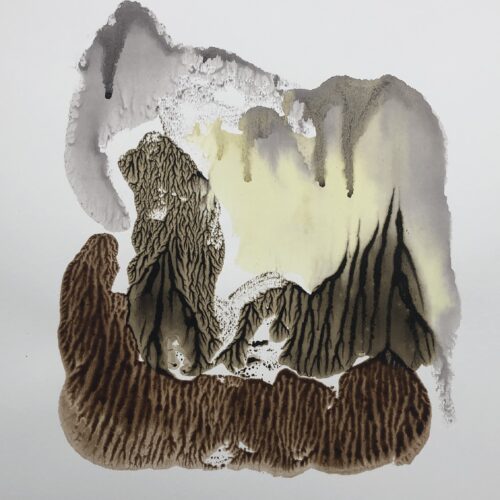
Less of the ‘same’, more of the BAME
The case for more diversity in children’s fiction shouldn’t have to be made – it’s too obvious, surely?
But sadly, the UK publishing industry has not moved fast enough to reflect our current society. And when you’re talking about children’s fiction, it’s particularly white. A survey carried out by the Centre for Literacy in Primary Education (CLPE) this summer revealed that of more than 9,000 children’s books published in the UK in 2017, only 1 per cent had a main character who was black, Asian or of another minority ethnic background (BAME). In fact, only 4 per cent had a black, Asian or minority ethnic character in them at all.
More than half of those books with BAME characters covered what are termed ‘social justice issues’ and only one book with such a character was a comedy – which tells us quite a lot about how BAME children are viewed within a white, middle-class publishing world.
This matters enormously. A few years ago I attended a fantastic workshop with author Candy Gourlay, who spoke passionately about how, growing up in The Philippines, she never saw any character in a book who looked anything like she did. (Thankfully, this led to her eventually writing the books she would have wanted to read. But for many children it has the opposite effect and they turn away from reading and writing altogether).
When children can’t ‘see themselves’ or struggle to imagine themselves in a story, it makes a huge difference to how much they engage in it. And we can’t wring our hands about how few children like to read books if we’re not offering them anything that’s relevant to their own lives.
It’s good to see there are some campaigning bodies that are trying to change things. One of them is We Need Diverse Books, a non-profit and grassroots organisation of children’s book lovers that helps produce and promote literature that reflects and the lives of all young people. It’s not limited to increasing the representation of BAME children and authors – it also fights for the recognition of all genders, those with disabilities, cultural and religious minorities.
It’s not just young readers that need to be reached, of course. Children rarely buy their own books. They’re often chosen for them by parents, grandparents and school librarians. While those working in schools these days are usually a bit more aware of the issues, sometimes mums, dads and grandparents need a bit of a nudge. The temptation to buy a child a book that you loved yourself (two, three or five decades ago!) is hard to resist – but it’s good practice to re-read them first and ask yourself some hard questions about the messages it gives out. Is it rather too white and are the children a little too privileged? Does it suggest that certain groups in society are to blame for social problems or are somehow less important than others? We may not want to face up to these things, but we must.
For me, Black History Month was a good point to look again at the OCA course reading lists and check out how many recommendations on the Writing for Children unit are by black authors or feature black characters. You won’t be surprised to know the answer is “not enough.” So it’s something we will be addressing when we revise the unit in the coming months. Because ensuring diversity in children’s books enriches everyone.
|
|






